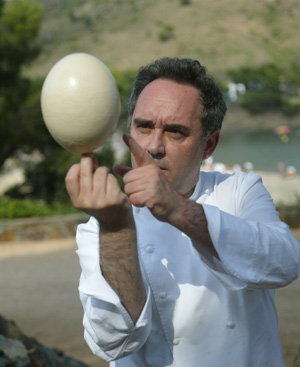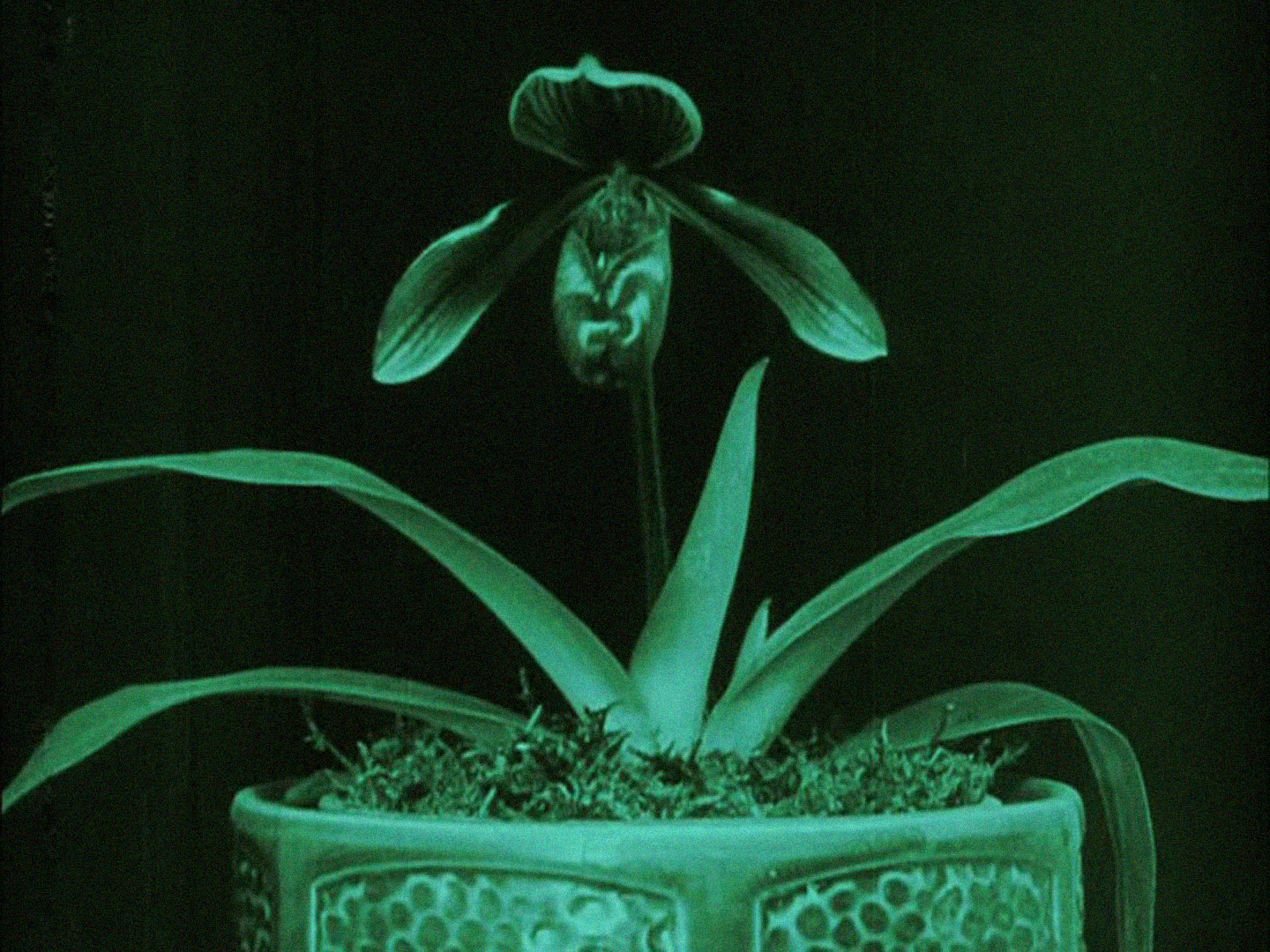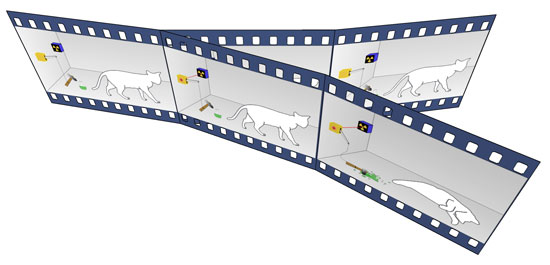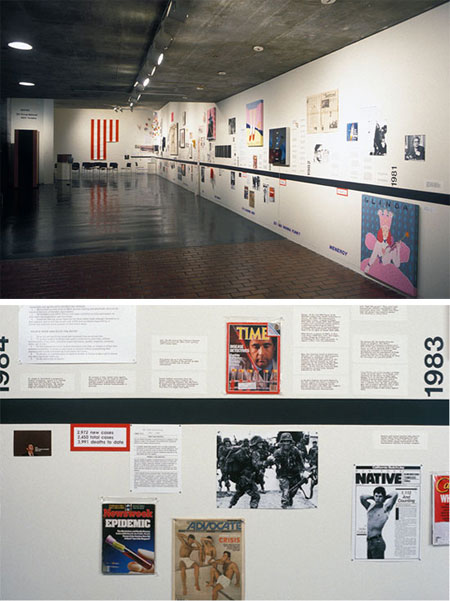Absence
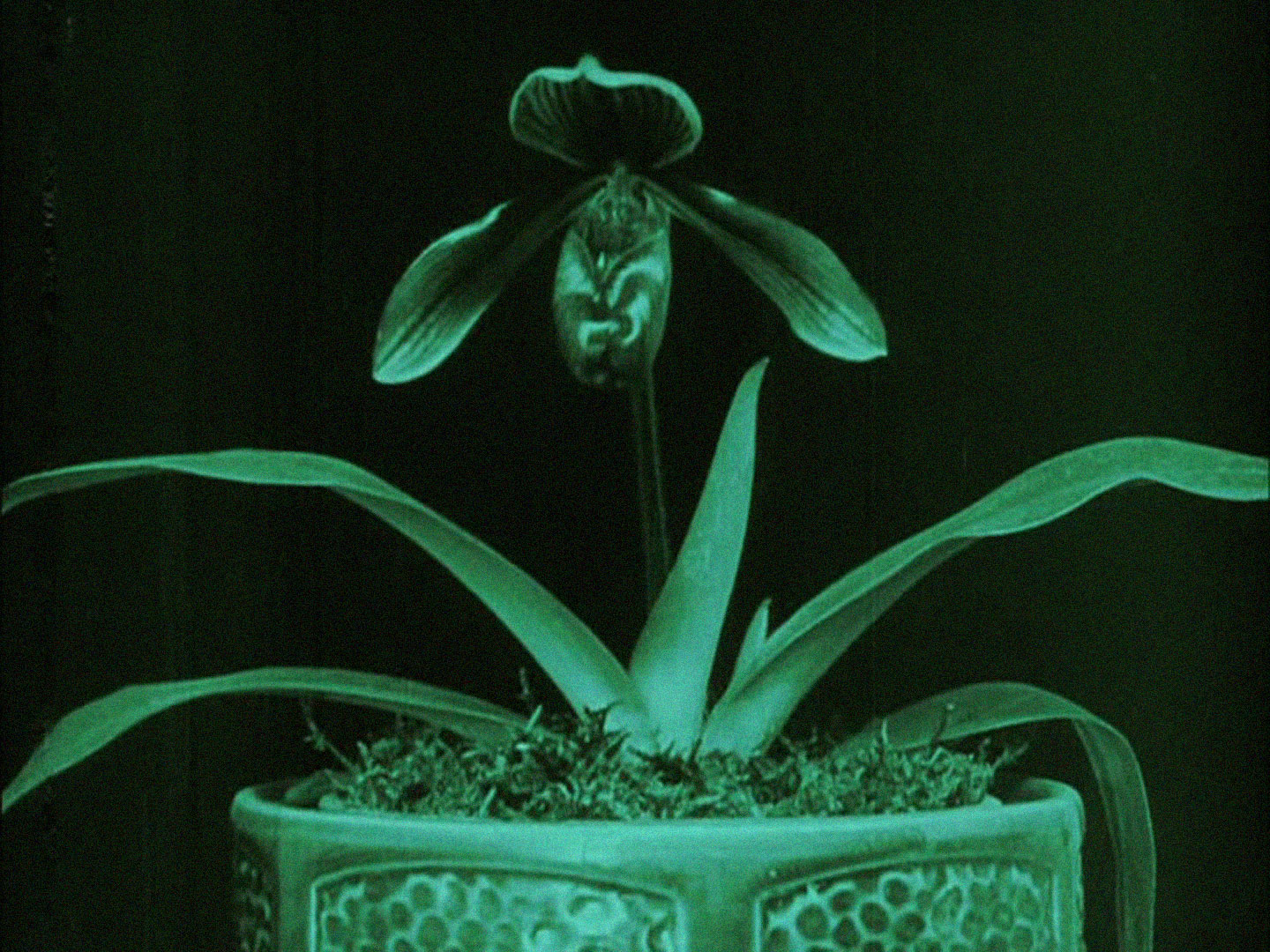

There is an absence, but not quite like before. Given so many are staying at home, spaces are emptied: the interstitial swells and expands. A new kind of haunt has crept into these spaces once populated. These texts explore moments of emptiness, of without-ness; silence and disquietude.
The pandemic has many mirrors and echoes with other moments (ongoing or otherwise), yet there is something different here. So we look back into the archive for clues, suggestions, and devices.
The mediated, sentient, and intelligent plant potentially invites us to think about nature, plants, technology, and ourselves-as-humans in different ways. As plants in particular are revealed as agentic, intentional beings, the mediated plant potentially invites us to develop more caring, attentive, and communicative attitudes toward the vegetal. In this way, the mediated plant can push us forward in the urgent “struggle to think differently” that Val Plumwood called us to join. Perhaps the mediated, sentient, intelligent plant can help us to queer nature, to queer botanics, to queer ourselves-as-humans as we “go onwards in a different mode of humanity.” But why to queer? Why not “simply” to “decolonize”?

